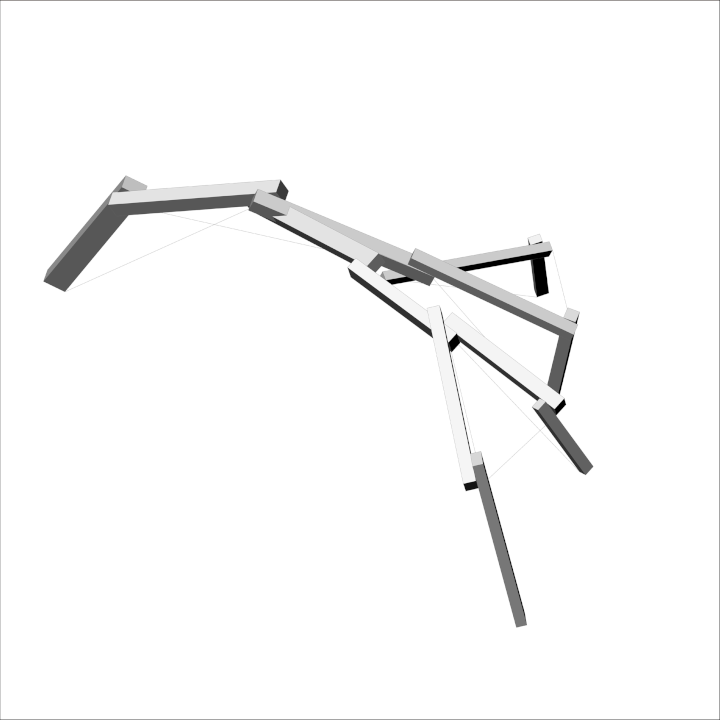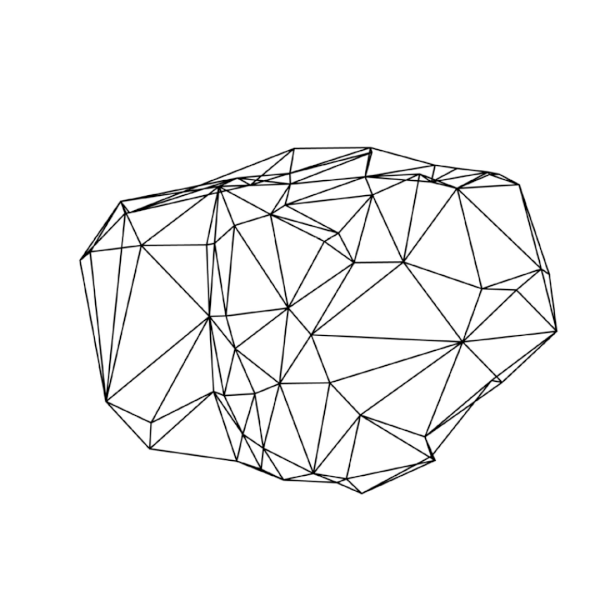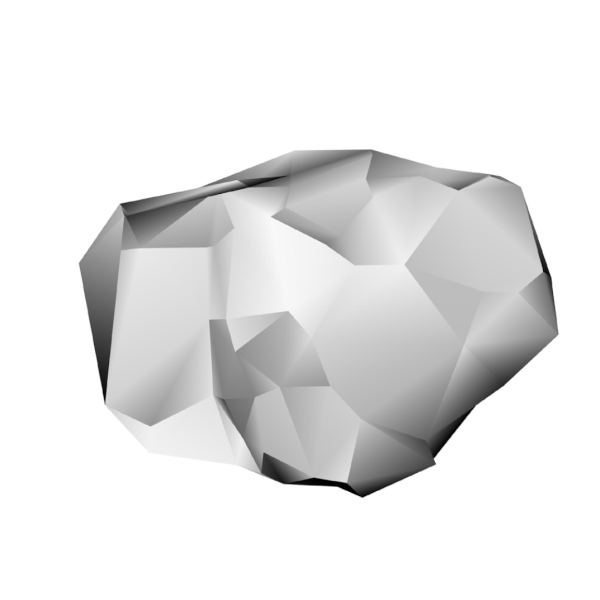YIQING WANG
Master of Architecture Thesis
Advisor: Prof. Anton Garcia-Abril
Readers: Prof. John A Ochsendorf, Prof.
Leslie Keith Norford
What we discard never truly disappears. It accumulates inconspicuously at somewhere, or recycled with immense energy.
Accompanying the societal shift from post-war scarcity to a consumerist culture, the contemporary building industry relies on an abundance of virgin materials, machinery, and a global transportation network. Immersed in this culture of convenience, architecture has limited agency to engage responsibly and intimately with reclaimed materials, environmental pollutants, and climate change. The design of waste, inevitably, often symbolizes the separation between society and its waste, marked by an intention to remove, re-form, and re-standardize. While the intentions behind zero-waste systems and circular economy are commendable, they often inadvertently create hidden wastes, labor, and carbon footprint, leading to an uneven distribution of environmental harms.
The thesis explores municipal waste as main constituent of a building system with its unique materiality, linking human living with their unwanted with an architectural prototype. The new "unwanted" architecture integrates local waste into an inventory of convergent adaptive materials, avoiding over-precision, over-purification, and over-modularization. The prototypes aim to rebuild both the Functional and Emotional Unwanted and re-imagine a scalable and operable system to reclaim our discarded matter and memory.
Based on the characteristics of US municipal waste, locally-sourced garbage including e-waste, plastics, wood, paper, metal, dust, food waste are studied, calibrated and assembled to create building components and rooms. The bottom-up approach offers a way to compute heterogeneous materials with digital methods and low-tech on-site operations to minimize environmental impact. The richness of space blurs the boundaries between domesticity and abjection, and between the sublime and the disgusting.
The design contrasts the previously visible waste in architectural design with today's invisible waste stream due to sophisticated waste management. It demonstrates an intimate approach to the gigantic amount of urban waste emphasizing its cultural, personal, and collective dimensions.

Nothing Unwanted
Prototyping Matter out of Place
2024
Master of Architecture Thesis
Advisor: Prof. Anton Garcia-Abril
Readers: Prof. John A Ochsendorf, Prof. Leslie Keith Norford
What we discard never truly disappears. It accumulates inconspicuously at somewhere, or recycled with immense energy.
Accompanying the societal shift from post-war scarcity to a consumerist culture, the contemporary building industry relies on an abundance of virgin materials, machinery, and a global transportation network. Immersed in this culture of convenience, architecture has limited agency to engage responsibly and intimately with reclaimed materials, environmental pollutants, and climate change. The design of waste, inevitably, often symbolizes the separation between society and its waste, marked by an intention to remove, re-form, and re-standardize. While the intentions behind zero-waste systems and circular economy are commendable, they often inadvertently create hidden wastes, labor, and carbon footprint, leading to an uneven distribution of environmental harms.
The thesis explores municipal waste as main constituent of a building system with its unique materiality, linking human living with their unwanted with an architectural prototype. The new "unwanted" architecture integrates local waste into an inventory of convergent adaptive materials, avoiding over-precision, over-purification, and over-modularization. The prototypes aim to rebuild both the Functional and Emotional Unwanted and re-imagine a scalable and operable system to reclaim our discarded matter and memory.
Based on the characteristics of US municipal waste, locally-sourced garbage including e-waste, plastics, wood, paper, metal, dust, food waste are studied, calibrated and assembled to create building components and rooms. The bottom-up approach offers a way to compute heterogeneous materials with digital methods and low-tech on-site operations to minimize environmental impact. The richness of space blurs the boundaries between domesticity and abjection, and between the sublime and the disgusting.
The design contrasts the previously visible waste in architectural design with today's invisible waste stream due to sophisticated waste management. It demonstrates an intimate approach to the gigantic amount of urban waste emphasizing its cultural, personal, and collective dimensions.























